MCQ ON A Fascinating Organ of Angiosperms for NEET |MCQ ON Flower- A Fascinating Organ of Angiosperms NEET Biology class 12th |MCQ Questions for class 12 Biology chapter 2, Flower- A Fascinating Organ of Angiosperms with answer | Check the below NCERT MCQ question for class 12 Biology chapter 2 based on Flower- A Fascinating Organ of Angiosperms with answers.
MCQ Questions for class 12 Biology with Answers were prepared based on the latest pattern. We have provided class 12 Biology MCQ questions on Flower- A Fascinating Organ of Angiosperms with answers to help students understand the concept very well.
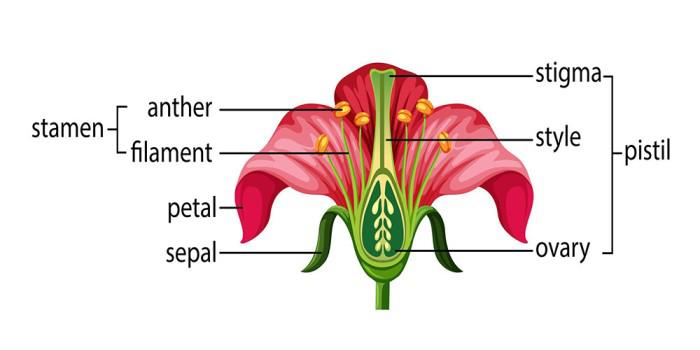
Fascinating Organ of Angiosperms
MCQ on is useful for NEET/ CSIR/ UGC/ CBSE/ ICSE /AIIMS EXAM/ AFMC EXAM/ JAC exam/ STATE LEVEL MEDICAL EXAM
Introduction:-
Flower- A Fascinating Organ of Angiosperms:- A flower is a fascinating and complex organ found in angiosperms, which are the most diverse group of plants on Earth. Angiosperms are also commonly referred to as flowering plants. Flowers serve several critical functions in the life cycle of these plants, making them a central and intriguing feature of the plant kingdom. Here are some key aspects that make flowers a fascinating organ of angiosperms:
1. Reproductive Function: Flowers are primarily responsible for the sexual reproduction of angiosperms. They contain the reproductive organs necessary for the formation of seeds and the next generation of plants.
2. Structural Diversity: Flowers exhibit an incredible diversity of shapes, sizes, colors, and scents. This diversity is often related to their specific pollinators and environmental conditions, making each flower species unique.
3. Pollination: Flowers have evolved various mechanisms to attract pollinators, such as bees, butterflies, birds, and even wind. This adaptation ensures the transfer of pollen (containing male gametes) to the female reproductive structures of the same or another flower.
4. Male and Female Parts: Flowers typically contain both male and female reproductive parts. The male part is called the stamen, which includes the anther (where pollen is produced) and the filament. The female part is called the pistil, consisting of the stigma (which receives pollen), the style, and the ovary (where ovules containing female gametes are located).
5. Nectar Production: Many flowers produce nectar, a sugary substance, to attract pollinators. This nectar serves as a reward for the pollinators and encourages them to visit other flowers of the same species, facilitating cross-pollination.
6. Fruit Formation: After successful pollination and fertilization, the ovary of the flower often develops into a fruit. The fruit serves to protect the developing seeds and aids in their dispersal, often through the digestive systems of animals.
7. Genetic Diversity: Flowers play a crucial role in creating genetic diversity within plant populations. The combination of genetic material from different parent plants during fertilization contributes to the adaptability and evolution of angiosperm species.
8. Cultural Significance: Flowers have significant cultural and aesthetic value. They are often used in art, symbolism, and rituals, and they hold special meanings in various cultures worldwide.
9. Economic Importance: Many flowering plants are cultivated for their flowers and the products derived from them, such as fruits, vegetables, spices, and ornamental plants. This contributes significantly to agriculture and horticulture.
10. Scientific Study: Flowers have been a subject of extensive scientific research, contributing to our understanding of plant biology, genetics, ecology, and evolution.
In summary, flowers are remarkable organs of angiosperms that serve as the epicenter of plant reproduction, showcase astonishing diversity, and hold cultural, economic, and scientific significance. Their intricate structures and functions continue to captivate botanists, ecologists, and enthusiasts alike.
MCQ ON A Fascinating Organ of Angiosperms for NEET
Here are 15 multiple-choice questions (MCQs) related to the structure and functions of flowers in angiosperms, along with their answers:
1. What is the primary function of a flower in angiosperms?
a) Photosynthesis
b) Reproduction
c) Water storage
d) Defense against herbivores
Answer: b) Reproduction
2. Which part of a flower typically protects the developing bud?
a) Petals
b) Sepals
c) Stamens
d) Pistils
Answer: b) Sepals
3. What is the purpose of petals in a flower?
a) Attracting pollinators
b) Anchoring the flower to the stem
c) Producing seeds
d) Storing nutrients
Answer: a) Attracting pollinators
4. Which part of the flower contains the male reproductive organs?
a) Petals
b) Sepals
c) Stamens
d) Pistils
Answer: c) Stamens
5. What do stamens produce in a flower?
a) Nectar
b) Seeds
c) Pollen
d) Fruits
Answer: c) Pollen
6. What is the female reproductive organ in a flower?
a) Petals
b) Sepals
c) Stamens
d) Pistils
Answer: d) Pistils
7. Which part of the pistil is responsible for receiving pollen during pollination?
a) Stigma
b) Style
c) Ovary
d) Filament
Answer: a) Stigma
8. What is the role of the ovary in a flower?
a) Producing nectar
b) Protecting the stigma
c) Containing ovules (potential seeds)
d) Anchoring the flower to the stem
Answer: c) Containing ovules (potential seeds)
9. What is the main purpose of nectar in a flower?
a) Anchoring the flower to the stem
b) Attracting pollinators
c) Storing water
d) Protecting the ovules
Answer: b) Attracting pollinators
10. In a complete flower, which floral organs are present?
a) Petals, sepals, stamens, pistils
b) Petals, sepals, leaves, roots
c) Stamens, pistils, nectar, petals
d) Stem, leaves, roots, seeds
Answer: a) Petals, sepals, stamens, pistils
11. What is the term for the process by which pollen is transferred from one flower to another?
a) Germination
b) Photosynthesis
c) Pollination
d) Fertilization
Answer: c) Pollination
12. Which of the following is NOT a common pollinator of flowers?
a) Bees
b) Birds
c) Earthworms
d) Butterflies
Answer: c) Earthworms
13. What is the primary purpose of the fruit produced by a flower?
a) Attracting pollinators
b) Providing a platform for reproduction
c) Protecting the ovules and aiding in seed dispersal
d) Storing excess water
Answer: c) Protecting the ovules and aiding in seed dispersal
14. What happens to the ovules inside the ovary after fertilization?
a) They develop into seeds.
b) They wither and die.
c) They become petals.
d) They form nectar.
Answer: a) They develop into seeds.
15. Which part of a flower develops into the fruit after fertilization?
a) Petals
b) Stamens
c) Sepals
d) Ovary
Answer: d) Ovary
Conclusion:-
MCQ ON A Fascinating Organ of Angiosperms for NEET | Which part of a flower develops into the fruit after fertilization? a) Petals, b) Stamens, c) Sepals, d) Ovary, Answer: d) Ovary.

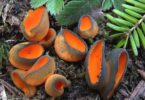
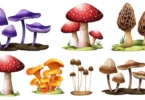
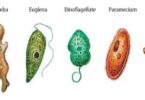
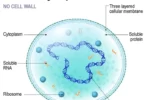
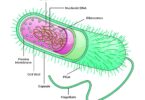
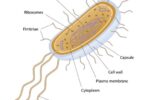
Leave a Comment